School can be overwhelming!
Do you find it difficult to organize your ideas and information from class effectively?

There's a solution: Thinking Maps!
By using graphic learning tools like Thinking Maps, you can visualize what you're thinking.
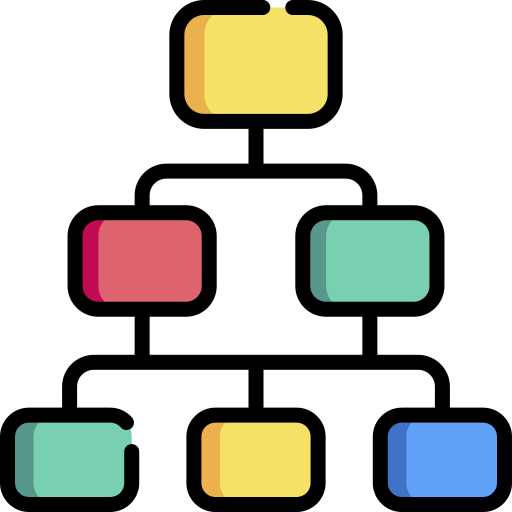
In our busy world where we often have too much information to deal with, it's super important to have skills that make things simpler, boost your creativity, and help you learn better.
Thinking Maps are like a special tool that helps us understand problems and think clearly.
Why Use Thinking Maps?
Thinking Maps are helpful for:
Simplifying difficult ideas
Organizing information
Learning new information
Making connections
Solving problems
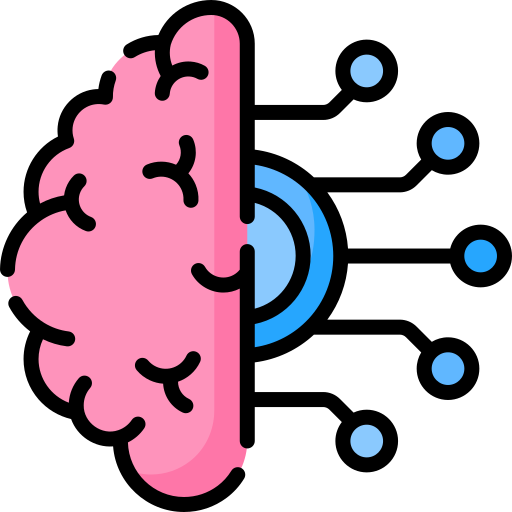
This video will help you to understand what Thinking Maps are about:
Get to Know Each Map's Purpose
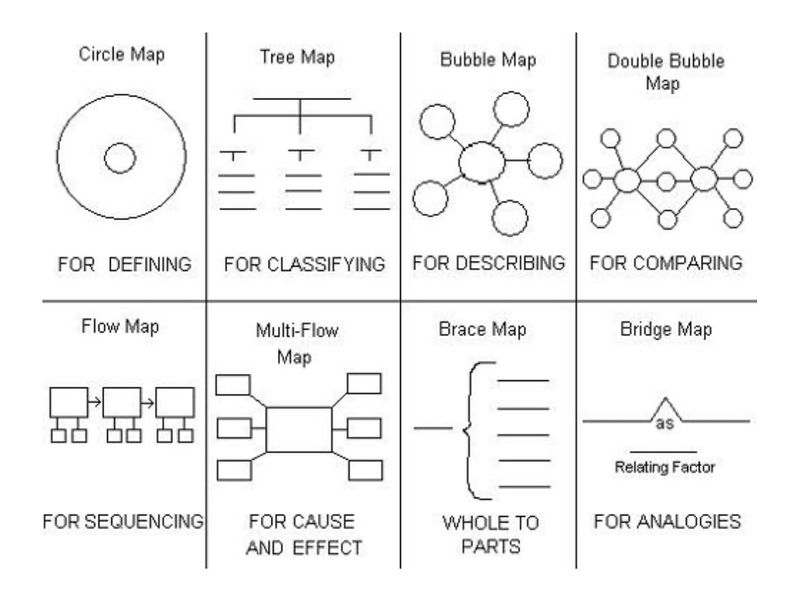 Image courtesy of The Journal of Special Education Apprenticeship
Image courtesy of The Journal of Special Education Apprenticeship
With practice, you'll start to learn the purpose of each Thinking Map.
Start easy and work your way up.
Look at your objective to determine the learning goal.
Consider the thinking process you're using.
Decide which Thinking Map will best link to your thinking process.
1. The Circle Map
The Circle Map helps you define something and show your understanding of a topic.
 Image courtesy of Tammy McCauley via Pintrest
Image courtesy of Tammy McCauley via Pintrest
How to create a Circle Map:
Write a topic or idea in the center of your page.
Draw a circle around it.
Write (or draw) all of your ideas about this topic/idea in the circle.
Draw a wide circle around everything once you're finished.
Draw a box around everything to make your "frame of reference."
Write in the box ideas for how you know what you know and what influenced your thinking.
Quiz
Which of the following topics would be best for a Circle Map?
2. The Double Bubble Map
Use the Double Bubble to make comparisons between two subjects.
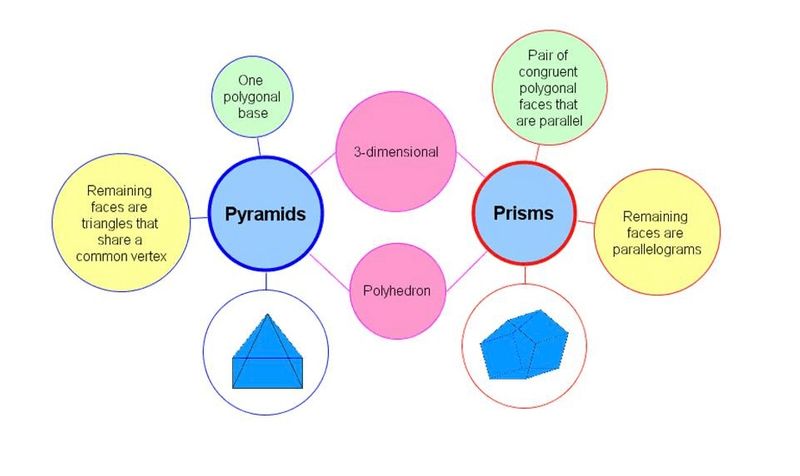 Image courtesy of T.M. Westbrook
Image courtesy of T.M. Westbrook
How to create a Double Bubble Map:
Draw two large circles.
Write the topic names or words of the two things you want to compare in the circles.
Draw middle bubbles for the words or phrases that show similarities.
Add the outside bubbles for the words or phrases you want to contrast.
Quiz
Which key words match the purposes of a Double Bubble Map. Select all that apply:
3. The Brace Map
Use a Brace Map to show the relationship between a large topic and its basic parts.
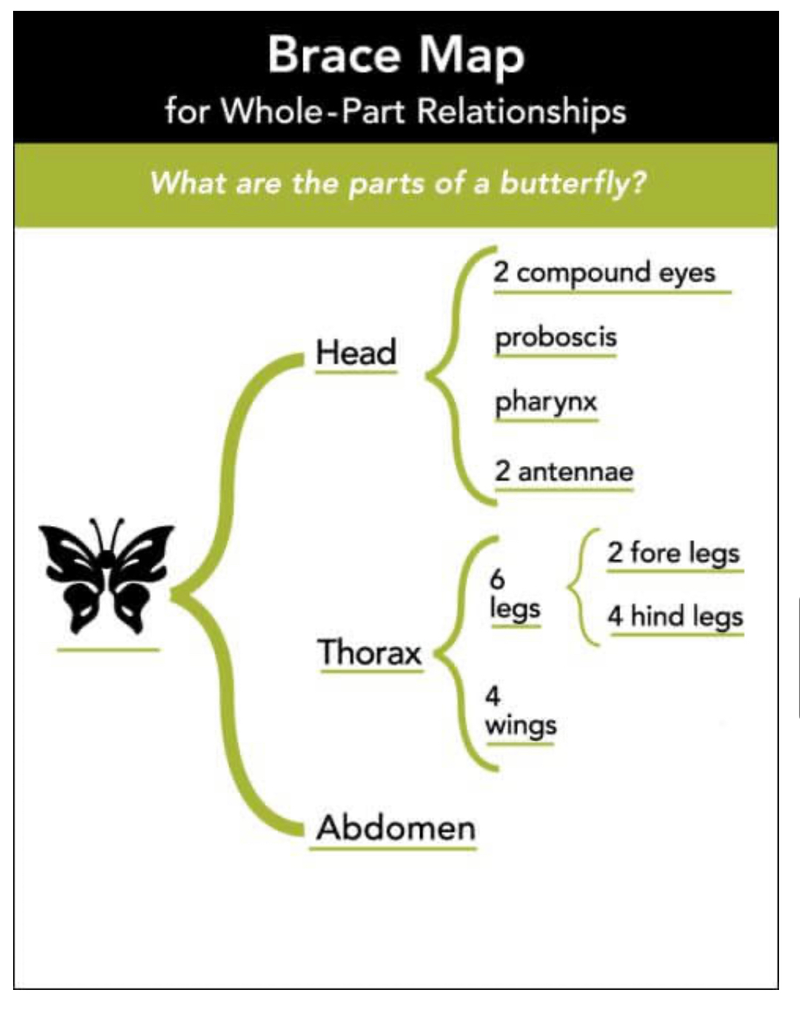 Image courtesy of EdrawSoft
Image courtesy of EdrawSoft
How to create a Brace Map:
Fill in the name of the relevant object on the line on the left.
Write the major parts of the object on the lines within the first brace to the right.
Write the subparts of each major portion on the lines within the following set of braces.
Quiz
Select the questions most likely to be used in a Brace Map. Select all that apply:
4. The Tree Map
Use the Tree Map to classify things and ideas.
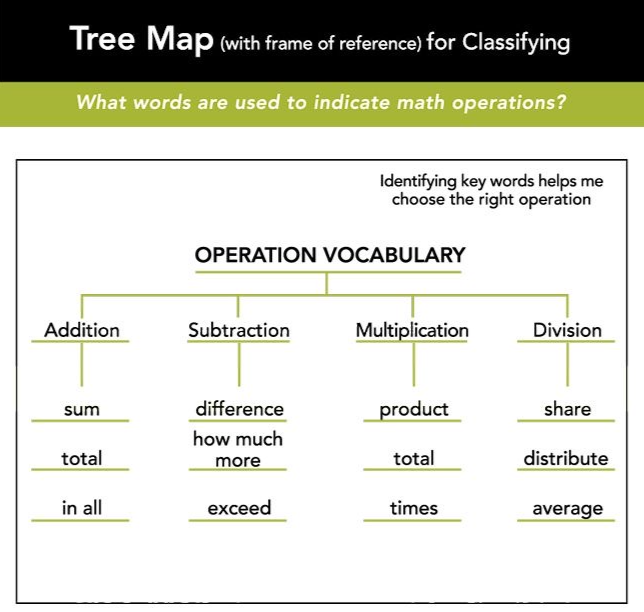 Image courtesy of Tammy McCauley via Pintrest
Image courtesy of Tammy McCauley via Pintrest
How to create a Tree Map:
Write the name of the category or topic on the first line.
Begin writing sub-categories underneath that across different branches.
Write particular members of the group beneath each sub-category branch.
Quiz
Which of the following words are related to a Tree Map? Select all that apply:
Give it a try!
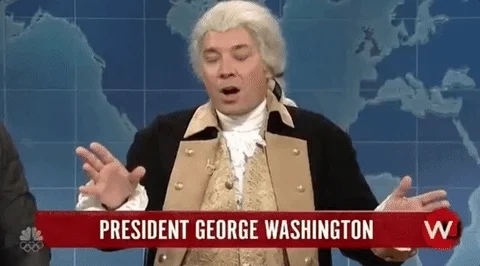
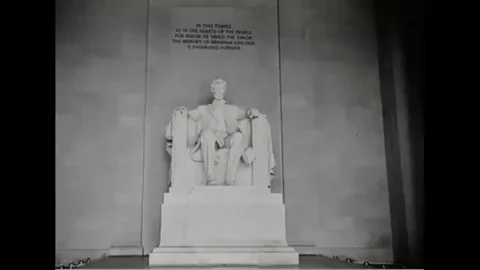
Activity: What are the differences and similarities between Presidents George Washington and Abraham Lincoln?
Steps:
Look at the activity question to determine the learning goal.
Think to yourself: "Am I classifying, describing, defining, or comparing?"
Determine which map will make the most sense.
Quiz
Which type of Thinking Map is best to help you describe the similarities and differences between Washington & Lincoln?
Take Action
Here's what your Double Bubble map comparing the two Presidents could look like:
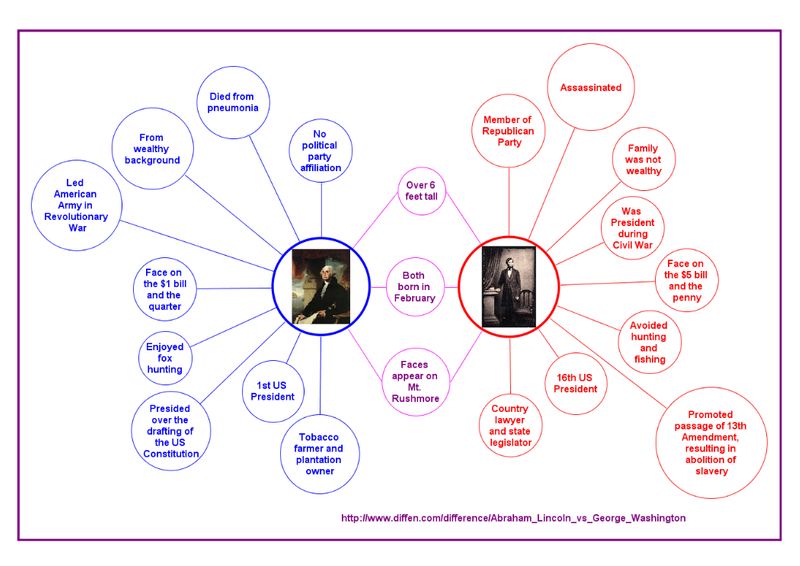
The most important aspect of applying Thinking Maps is that you have to spend time learning how to use each map.
To learn more:
Your feedback matters to us.
This Byte helped me better understand the topic.
